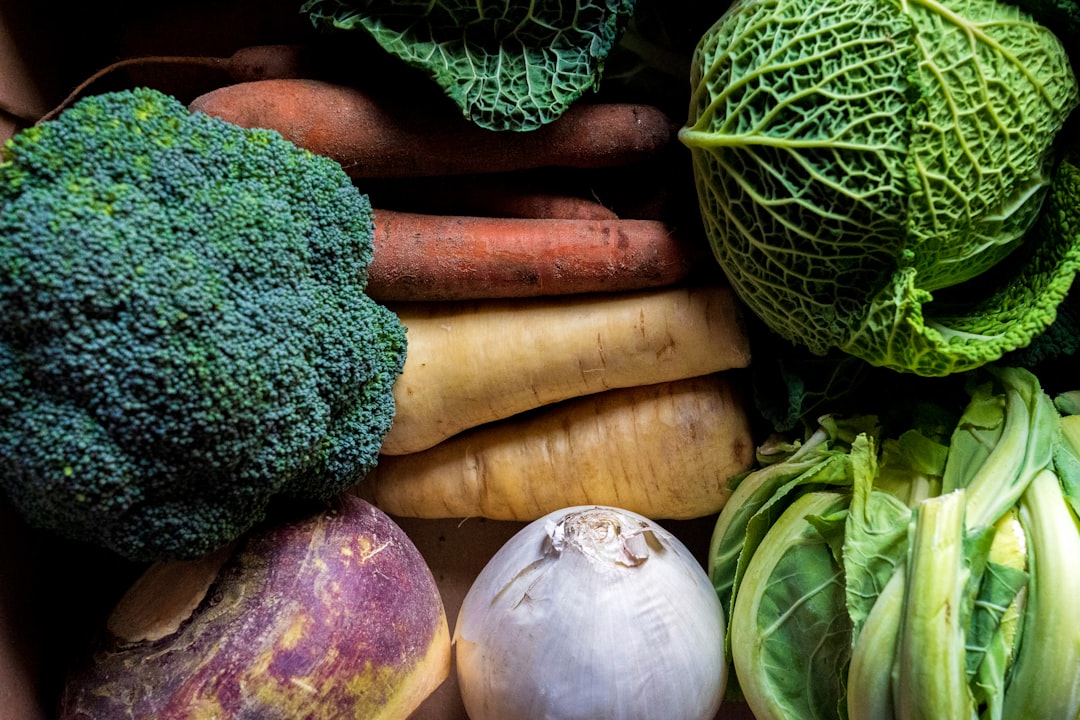As a hamster owner, you’re constantly searching for new and exciting treats to add to your furry friend’s diet. You want to make sure they are getting the best nutrition possible while keeping them entertained with delicious flavors. Parsnips, with their slightly sweet and earthy taste, might have caught your eye. But can hamsters eat parsnips? Let’s dive into the world of hamster nutrition and find out!
Can Hamsters Eat Parsnips? The Short Answer
Yes, hamsters can eat parsnips! Parsnips are generally safe for hamsters in moderation. They offer some nutritional benefits, but like with any new food, it’s essential to introduce them carefully and be mindful of portion size.
Nutritional Benefits of Parsnips for Hamsters
Parsnips contain several vitamins and minerals that can contribute to a hamster’s overall health. Some of the key nutrients found in parsnips include:
- Vitamin C: Helps boost the immune system.
- Potassium: Important for maintaining fluid balance and nerve function.
- Fiber: Aids in digestion and promotes healthy bowel movements.
- Vitamin B6: Supports brain development and function.
While these nutrients are beneficial, it’s important to remember that a hamster’s diet should primarily consist of high-quality hamster food. Parsnips should only be offered as a supplemental treat.
Potential Risks of Feeding Parsnips to Hamsters
Although parsnips are generally safe, there are a few potential risks to be aware of:
- High Sugar Content: Parsnips are relatively high in natural sugars compared to some other vegetables. Too much sugar can lead to weight gain and dental problems in hamsters.
- Digestive Upset: Introducing new foods too quickly can cause digestive upset, such as diarrhea or bloating.
- Pesticide Residue: Non-organic parsnips may contain pesticide residue.
How to Safely Introduce Parsnips to Your Hamster
Introducing parsnips to your hamster’s diet requires a slow and cautious approach. Here’s a step-by-step guide:
- Start Small: Offer a very small piece of parsnip, about the size of your thumbnail.
- Monitor for Reactions: Observe your hamster for any signs of digestive upset, such as diarrhea or changes in appetite.
- Frequency: If your hamster tolerates the parsnip well, you can offer it as an occasional treat, no more than once or twice a week.
- Preparation: Wash the parsnip thoroughly to remove any dirt or pesticide residue. It’s best to peel the parsnip and offer it raw. Cooked parsnips may lose some nutrients.
- Organic Option: If possible, choose organic parsnips to minimize the risk of pesticide exposure.
Pros and Cons of Feeding Parsnips to Hamsters
Here’s a quick summary of the pros and cons of feeding parsnips to your hamster:
- Pros:
- Provides essential vitamins and minerals.
- Offers a different taste and texture to their diet.
- Can be a healthy and enriching treat when given in moderation.
- Cons:
- High in natural sugars.
- Can cause digestive upset if introduced too quickly or given in large quantities.
- May contain pesticide residue if not organic.
Other Safe Vegetables for Hamsters
Besides parsnips, there are many other vegetables that are safe and healthy for hamsters. Some popular choices include:
- Broccoli
- Carrots
- Cucumber
- Bell peppers (especially red and yellow)
- Spinach (in small amounts)
Remember to always introduce new vegetables slowly and in small quantities.
Frequently Asked Questions
Can hamsters eat parsnip leaves?
It’s generally best to avoid feeding parsnip leaves to your hamster. While they may not be inherently toxic, they can be more difficult to digest and may contain higher levels of certain compounds that could cause digestive upset. Stick to feeding them the parsnip root in moderation.
How often can I give my hamster parsnip?
Parsnips should be considered an occasional treat, not a staple food. Limit parsnip servings to once or twice a week, at most. The serving size should be very small, about the size of your thumbnail.
My hamster ate a large piece of parsnip. What should I do?
If your hamster accidentally ate a large piece of parsnip, monitor them closely for any signs of digestive upset, such as diarrhea or lethargy. Ensure they have access to fresh water. If they seem unwell, consult with a veterinarian who specializes in small animals.
Can diabetic hamsters eat parsnips?
Due to the relatively high sugar content of parsnips, they are not recommended for diabetic hamsters. It’s best to consult with a veterinarian about appropriate treats for hamsters with diabetes.
Can I give parsnip to baby hamsters?
It’s generally not recommended to give parsnips to baby hamsters (under 4 weeks old). Their digestive systems are still developing, and they are best nourished by their mother’s milk or a specialized milk replacement formula.
In conclusion, parsnips can be a safe and nutritious treat for hamsters when offered in moderation and introduced carefully. Always prioritize a high-quality hamster food as the primary source of nutrition. Be mindful of the sugar content and potential digestive issues, and always wash and peel the parsnip before feeding it to your furry friend. Enjoy experimenting with safe and healthy treats, and watch your hamster thrive!

